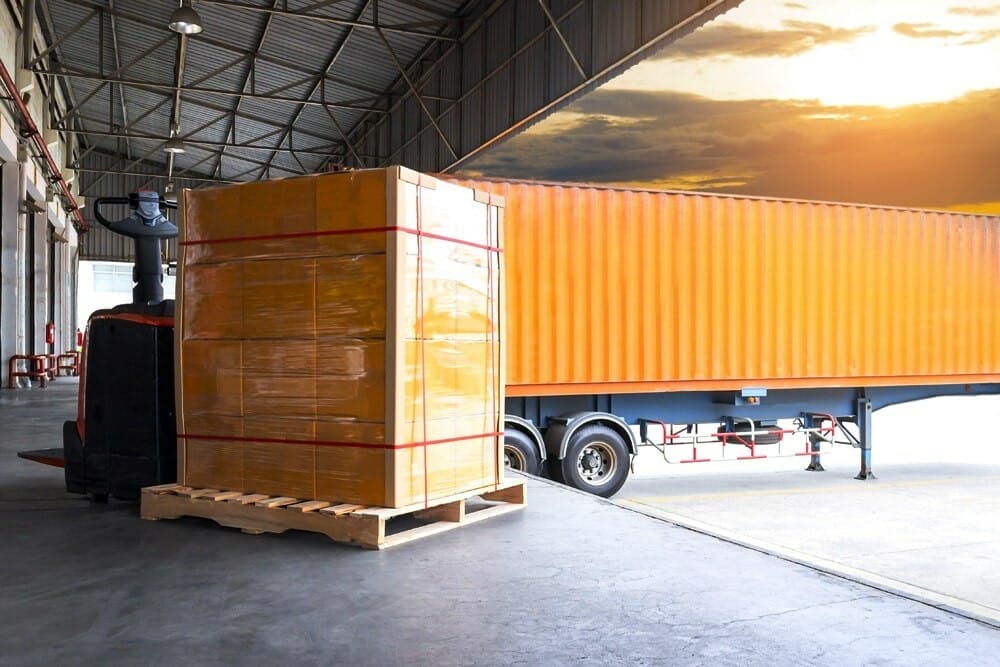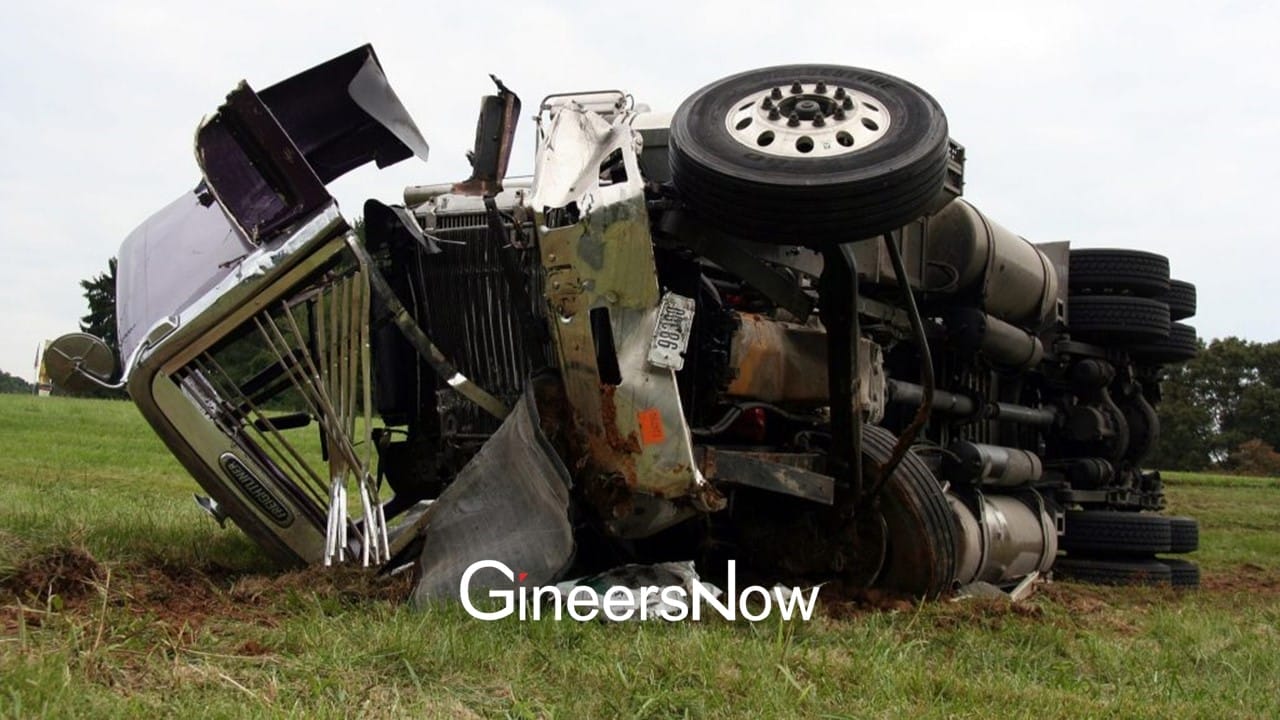Loading and unloading procedures are widespread in transportation, logistics, production, and distribution businesses and are one of the leading causes of workplace accidents among employees. It can be a dangerous thing since machines have the potential to injure workers seriously.
Therefore, employees in these businesses must always be alert and aware to avoid significant injuries caused by forklift accidents and falling products. As a result, adequate securing and safe loading and unloading techniques are essential in preventing accidents among workers doing these tasks.
To minimize these injuries and keep people safe at work, we created this guideline, which we believe will give valuable tips for businesses and employees to apply immediately for truck loading and unloading.

Designate an Еmployee Who Will Be Responsible for Loading and Unloading Operations
In general, loading and unloading activities should be performed as close to designated areas as possible. All employees should follow the work instructions given to them by the person in charge of the operation. The person assigned for loading and unloading must go through a checklist. The procedure must be set up step by step, from parking on solid and flat ground to verifying that all unloading equipment is in excellent working order.
Make Sure Vehicle Is Stopped and Stable Before Loading and Unloading
When it comes to loading and unloading operations, one of the most crucial stages is to ensure that the truck is stopped, braked, and steady on firm ground. The best way to ensure this stage is properly done is to use vehicle wheel chocks for trucks. Workers should complete this task before proceeding with any other tasks.
Attempting to remove unstable material from a truck can be the quickest road to serious or even tragic injuries, which can be easily prevented by being careful.
Loading Zones Must Be Well-Lit and Free of Hazards
Lighting is essential for any company where truck loading or unloading is a regular occurrence. If people are not working in a clear, well-lit area, an accident is most likely to happen.
Furthermore, employees must ensure that all loading locations are free of hazards that might lead to injury. Surfaces where loading activities take place should be free of holes, debris, and other threats. Businesses will have a lower risk of workplace accidents if there are fewer risks for employees to work around.
Make Sure That Goods Are Safely Secured Before Shipment
Team members must ensure the load is properly secured before loading the equipment. For instance, if the pallets are used, they must be in excellent shape, correctly attached to the load, and adequate for transporting goods.
Before unloading, the packing and restraints should be thoroughly checked upon arrival at the destination. This guarantees that no products have moved during the shipment and conditions have failed. As a result, the load sliding or falling risk is reduced when the packaging is removed during the unloading step.
Certain items might be difficult to secure while being transported. As a result, transporters and recipients must share information regarding any task, equipment specifics, and needs before loading and unloading.
The Loading Zone Should Be Clear of Traffic
Forklifts are essential for loading and unloading procedures, but they may also be a major source of workplace accidents. When it comes to forklift traffic, loading zones should always be one-way.
That keeps workers protected while reducing the possibility of being hit by forklifts backing up. Employees must also keep the loading area clear of vehicles. Loitering or unauthorized persons should never be allowed in the loading/unloading zones. This just generates diversions and risks, which can lead to tragedy.
Instruct Employees Important Techniques
Finally, it is essential to teach your workers the fundamental practices for preventing strains and fractures. The two essential rules to remember are:
- Be aware of the surroundings when moving an object;
- Decide in advance where to put the object when lifting.
Given this, it is crucial to consider its weight and form before transporting a load. Drivers and handlers should spread their feet for a broad foundation of support and then activate their core muscles. Keeping a straight back, bending the hips and knees, and shifting direction with the entire body rather than twisting are safe lifting techniques.
Bottom Line
Eventually, every company wants its workers to arrive and leave work safely. This is necessary for maintaining staff engagement, which promotes attention and awareness of the work. Truck loading and unloading can be dangerous, but with basic planning and practices, the chance of employee injury can be significantly reduced.














